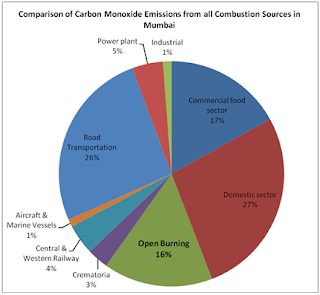A request for help I posted on a LinkedIn group led to a lively discussion between waste management experts on waste management options for India. Read more about the discussion here. http://wtert.blogspot.com/2012/12/discussion-on-solutions-to-waste.html .
The request for help was for a new report I am about to publish, called "Observations from India's Crisis". It will be published in a PDF format on wtert.org and as a BLOG POST on blog.wtert.org.
An Analogy from the above discussion on LinkedIn, which is worth mentioning:
Professor Nickolas Themelis on Waste Management Options (He was the Adviser for my research on Sustainable Solid Waste Management in India that resulted in this blog) :
Link to the original article is here.
The request for help was for a new report I am about to publish, called "Observations from India's Crisis". It will be published in a PDF format on wtert.org and as a BLOG POST on blog.wtert.org.
An Analogy from the above discussion on LinkedIn, which is worth mentioning:
Professor Nickolas Themelis on Waste Management Options (He was the Adviser for my research on Sustainable Solid Waste Management in India that resulted in this blog) :
The situation with waste management is somewhat like that with public health: Good diet and exercise, vitamins, preventive medicine, all contribute to better health and less sickness. Despite all that, there will be some sick people who need to go to hospitals. It is obvious that advocating against hospitals or opposing new ones will not improve public health.
It is the same situation with urban waste management: There all kinds of means for reduction, recycling, composting but ALL human experience has shown that at the end there remains a substantial fraction that has to go to either "incinerators with energy recovery or to sanitary landfills. Environmental organizations who oppose these two means on principle, in effect are perpetuating traditional landfilling. Regrettably, the Sierra Club is spending a lot of donated money doing just that.Link to the entire discussion is here.
Link to the original article is here.
















